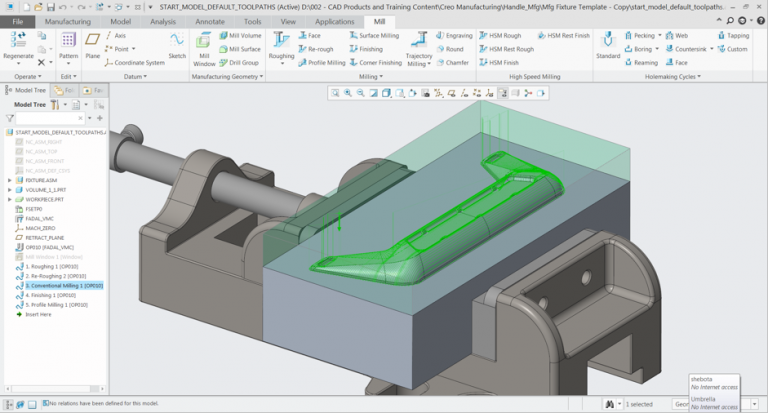

If they are just randomly picking references in their sketches but not actually giving thought to why they are using that as a reference, then they aren't modeling it correctly. If you use the "show annotations" and its not how you want the part dimensioned on your print then somebody isn't modeling it correctly. I hate to tell you this but if you think the most important feature of Creo is "the absolute worst things about Creo" then you and your team don't understand the tool well enough. Having done it both ways for several years, the model dimensioned drawings seem to accomplish nothing beyond increasing your chances of getting 'no quotes' for your parts. If you start with a clean slate and add the dimensions yourself, you end up with a much cleaner and easier to understand drawing. If it's close enough that you don't notice it, you'll never know until your parts start failing QC. What's worse, is sometimes you'll pull a dimension from the back of the model. The problem is when you dump this into a 2d drawing, you end up with an illogical mess that's difficult for machinist to decipher.

This usually means you're dimensioning off of various other features all over the model. The way you design your part, and the way you manufacture it are completely different.Ī properly built model should be robust enough that later you can go back and adjust a dimension without inadvertently changing something else downstream. This is one of the absolute worst things about Creo.


 0 kommentar(er)
0 kommentar(er)
